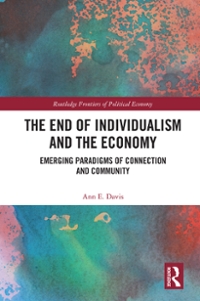Answered step by step
Verified Expert Solution
Question
1 Approved Answer
profile-image TOPIC : AGGREGATE DEMAND & AGGREGATE SUPPLY (MACROECONOMICS) Draw and show the shift in aggregate demand or / and aggregate supply (Long run curve
profile-image TOPIC : AGGREGATE DEMAND & AGGREGATE SUPPLY (MACROECONOMICS) Draw and show the shift in aggregate demand or / and aggregate supply (Long run curve included if necessary), based on the following scenario and provide explanation: The Programme Safety Net Programme (PSNP) was launched by Ethiopia government to combat malnutrition and extreme hunger. The PSNP provides food insecure households with cash and/or food transfers in order to prevent asset depletion during hunger periods. It consists of two components, a work for cash/food opportunity that supports public works, such as terracing or land rehabilitation in the local area , as well as direct support for labor-poor households (elderly or chronically ill). PSNP assistance areas were selected among the four major regions (Tigray, Oromia, Amhara, and SNNP) at the Kebele administrative level and identified using a set of criteria including agricultural lands that suffer from drought and experience dangerously low agricultural productivity. It aims to smooth consumption in chronically food insecure households by providing efficient and predictable transfers of cash and/or food during lean months. It aims to reduce household vulnerability, protect household assets and improve household resilience. At the same time it aims to provide labour to create community assets (e.g. check dams and roads). In conjunction with other programmes such as credit packages and agricultural extension, the PSNP seeks to address both the immediate and underlying causes of food insecurity. Over the course of the PSNP, the programme aims to 'graduate' participants from food insecurity into sustainable food secure status. The PSNP provides assistance to two kinds of chronically food insecure households: those in which able-bodied members are able to contribute to labour-intensive public works activities (public works beneficiaries) and those that are labour poor, elderly or otherwise incapacitated (direct support beneficiaries). The programme provides a mix of food and cash transfers to beneficiaries in an effort to sustain and stimulate local markets and provide smallholders with greater flexibility over consumption decisions
Step by Step Solution
There are 3 Steps involved in it
Step: 1

Get Instant Access to Expert-Tailored Solutions
See step-by-step solutions with expert insights and AI powered tools for academic success
Step: 2

Step: 3

Ace Your Homework with AI
Get the answers you need in no time with our AI-driven, step-by-step assistance
Get Started


